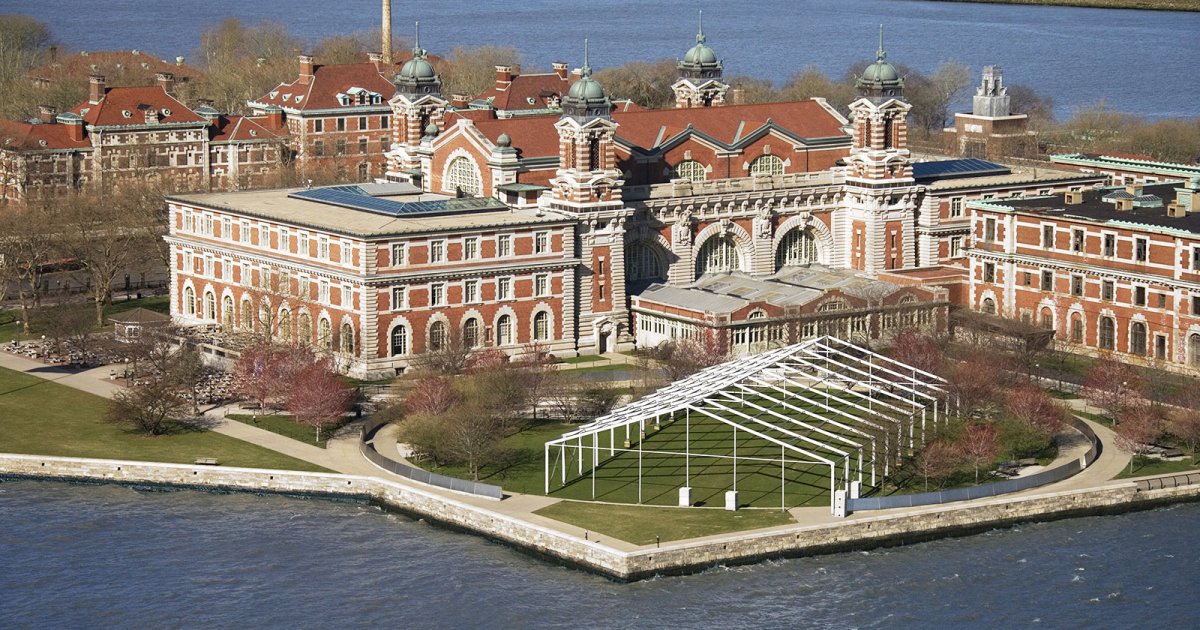STATUE OF LIBERTY, Ellis Island
 Language: English / USA
Language: English / USA
While the generous Statue of Liberty welcomed millions of immigrants from Europe, Ellis Island was what stood between them and the “Promised Land”, with the controls all these hopeful dreamers had to undergo as soon as they set foot in the United States.
From 1892 to 1954, this little island, which throughout the 19th century had been used for munitions storage, became a reception area for more than 12 million immigrants, who were subjected to a particular selection process – first physical and then legal – after which they were finally allowed to take their long-awaited step onto the ground of Manhattan. All of this is emotionally explained and illustrated with videos, photos, exhibits and incredible stories of survival – and success – in the National Museum of Immigration, housed in the main building of the enormous customs complex.
From the outside, this historical building looks very much like a railway station, with a triple-arch entrance and open brickwork. Once inside, however, you’ll be even more struck by the stories concealed within the high walls, such as those in the huge, spectacular Great Hall, where the first physical examinations were performed on the new arrivals.
During this emotional visit, make sure you don’t miss the large Wall of Honor, covered with more than 700,000 names of immigrants, deliberately placed in the shadow of the Statue of Liberty.
At the exit of the museum, press pause and turn your back to the main façade.
Take a look at all those buildings, with the same architecture, stretching out before your eyes. This is the old hospital complex, once known as the “hospital of all nations” and made up of more than 20 buildings. It used to be the largest in the world, excelling in the treatment of “imported diseases”.
AN INTERESTING FACT: the physical examinations carried out on the thousands of immigrants arriving every day were quick and exhaustive, to say the least.
With a piece of chalk in hand, the doctors “branded” a coded abbreviation on the back of any unfortunate immigrants found to be in less-than-perfect condition, which, according to a precise protocol, indicated that they required further checks. The most common abbreviations were: PG for pregnant woman, K for a hernia and X for mental problems. Despite this, it seems that just 2% of the new arrivals were sent back to their country of origin.



